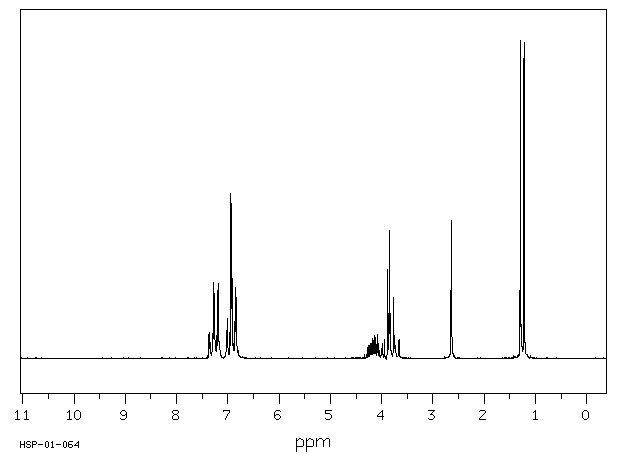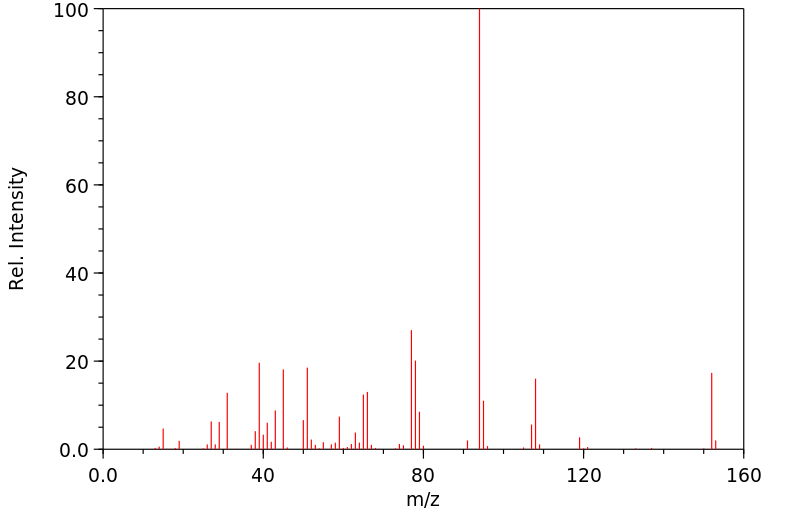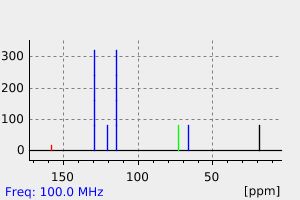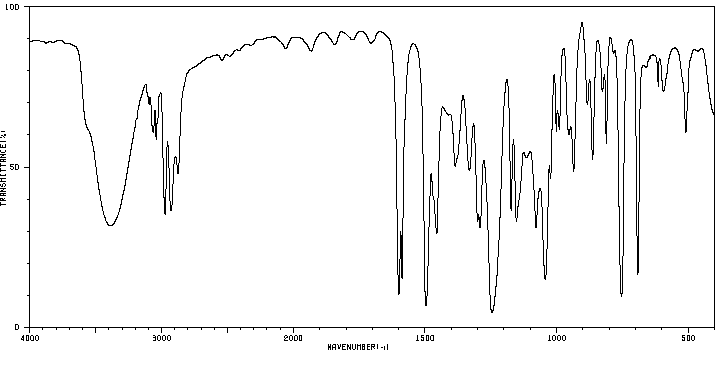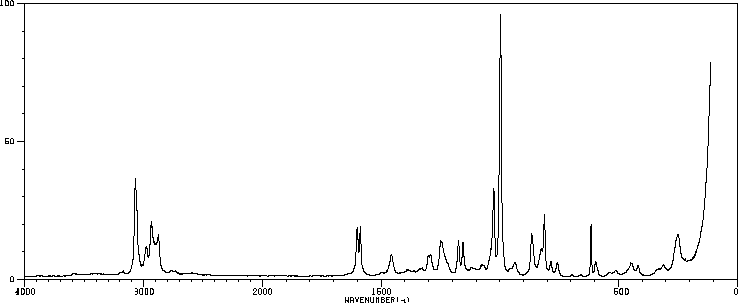代谢
液相色谱(LC)峰中暂时鉴定出的尿代谢物如下:LC峰A(<1%) - 醌葡萄糖苷酸结合物;LC峰B(1-2%) - 未鉴定;LC峰C(1.3-3.8%) - 未鉴定;LC峰D(<1%) - 未鉴定;LC峰E/F(60-63%) - 苯酚的硫酸盐和谷胱甘肽结合物;对苯基的硫酸盐和葡萄糖苷酸结合物,环羟基化对苯基和1-苯氧基-2-丙酮的硫酸盐结合物;LC峰G(<1%) - 未鉴定;LC峰H(1-2%) - 未鉴定;LC峰I(4-5%) - 对苯基的葡萄糖苷酸结合物;LC峰J(<1%) - 未鉴定;LC峰K(8-9%) - 对苯基的葡萄糖苷酸结合物;LC峰L(9-10%) - 对苯基的硫酸盐结合物。根据与真实材料的色谱保留时间比较,尿液经酸水解后得到自由的苯酚(61%)、氢醌(1.5%)和母体对苯基(13%)。
The following urinary metabolites were tentatively identified within Liquid Chromatography (LC) peaks using HPLC/ESI/MS and HPLC/ESI/MS/MS techniques: LC Peak A (<1%) - Glucuronide conjugate of hydroquinone LC Peak B (1-2%) - Not identified LC Peak C (1.3-3.8%) - Not identified LC Peak D (<1%) - Not identified LC Peak E/F (60-63%) - Sulfate and glutathione conjugates of phenol; Sulfate and glucuronide conjugates of PPh, sulfate conjugates of ring-hydroxylated PPh and 1- phenoxy-2-propanone LC Peak G (<1%) - Not identified LC Peak H (1-2%) - Not identified LC Peak I (4-5%) - Glucuronide conjugate of PPh LC Peak J (<1%) - Not identified LC Peak K (8-9%) - Glucuronide conjugate of PPh LC Peak L (9- 10%) - Sulfate conjugate of PPh Based on comparisons of chromatographic retention times with authentic materials, acid hydrolysis of urine yielded free phenol (61%), hydroquinone (1.5%), and parent PPh (13%).
来源:Hazardous Substances Data Bank (HSDB)


